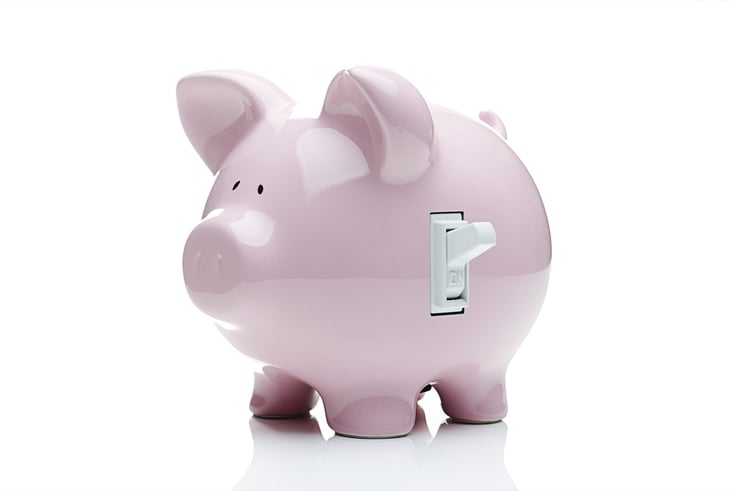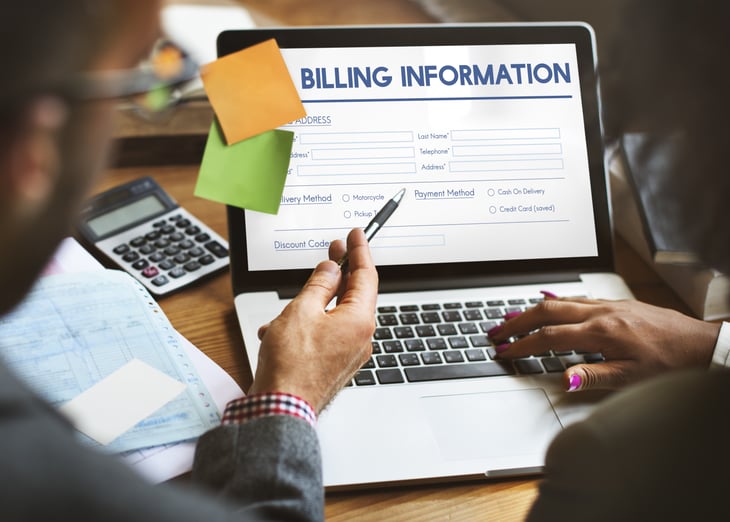Are rude tellers, outrageous fees or measly interest rates among your bank’s claims to fame? Enough already!
You shouldn’t have to put up with that, especially with so many banks waiting for your business. Why waste your time and money on an institution you hate?
Switching banks may seem like a royal pain, but it’s really not. Here are five steps to make the process painless:
Step No. 1: Review your options

This step is likely the one you’ll spend the most time on, but don’t rush the process. You don’t want to trade one bad bank for another. In fact, after your research, you may find you don’t want a new bank at all. You may discover a credit union is your best bet for financial bliss.
Everyone’s priorities are different, but here’s what you may want to consider when looking for the best financial institution for your money:
- Monthly cost of a checking account, and whether you can avoid paying it
- Overdraft fees and overdraft protection options, as well as their cost
- ATM availability, and fees for using out-of-network machines
- Online features such as bill payment services and mobile account access
- Branch locations and hours — if you still like the personal touch
- Perks such as credit card or debit card rewards
- Ability to bundle all banking needs at one institution — such as checking, savings, loans and investments
- Current promotions for new customers
In addition to looking at local institutions, don’t forget to check out online banks, also called internet banks.
These can offer competitive services and easy account access online and through ATMs, as we detail in “Why It’s Time to Consider Internet Banks.”
For more ideas, read “10 Tips to Get More Bang From Your Bank.”
Step No. 2: Ask for a switch kit

Once you’ve settled on a new bank or credit union, ask if they have a switch kit.
Some institutions offer a packet of forms and information to help guide you through the process of switching banks. Contents may include direct deposit forms, worksheets and checklists.
As part of a switch kit, you may also get a form to mail to your old bank asking it to close your account. That can be handy, but hold onto the form. You don’t want to use it just yet.
Step No. 3: Open a new account

Now it’s time to actually open the account. Depending on the institution, you may need to make an appointment to do so, or you may be able to walk in any time during business hours. If you switch to an online bank, you should be able to do everything online, by mail or by phone.
Typically, you’ll be required to provide:
- Government-issued identification such a driver’s license
- Social Security number
- Cash for the initial deposit
Online banking applications may ask for your name, address and other identifying information in lieu of seeing a photo ID.
If you’re applying for a joint account, it may save time if you and your co-applicant are able to go together to open the account. However, many institutions will let one applicant start the process and let the second person come in at a different time to present identification and sign the necessary paperwork.
Step No. 4: Update billing information

After opening the new account — but before closing the old one — make sure all your billing information is updated.
If you use an online bill pay service, print out your list of payees and enter that information into the bill pay service for your new account.
Next, check in with your insurance companies or any other business you may have authorized to take payments automatically on a periodic basis. If you have a PayPal account or prepaid card attached to your checking account, update those as well.
Finally, leave a balance in your old account to cover any outstanding checks or recurring charges you may have forgotten about. Since most checking accounts have a monthly fee attached to them, it could get expensive to leave your old account open indefinitely. However, you’ll want to wait at least a month or two to make sure you’ve caught any straggling bills.
Step No. 5: Close the old account

After a few weeks with no activity on your old account, it’s probably safe to close it. At this point, you can send your old bank the form provided with the switch kit, or you can have the satisfaction of walking into a branch and telling them face-to-face that you two are through.
Have you ever switched banks? Share your experiences in comments below or on our Facebook page.





Add a Comment
Our Policy: We welcome relevant and respectful comments in order to foster healthy and informative discussions. All other comments may be removed. Comments with links are automatically held for moderation.